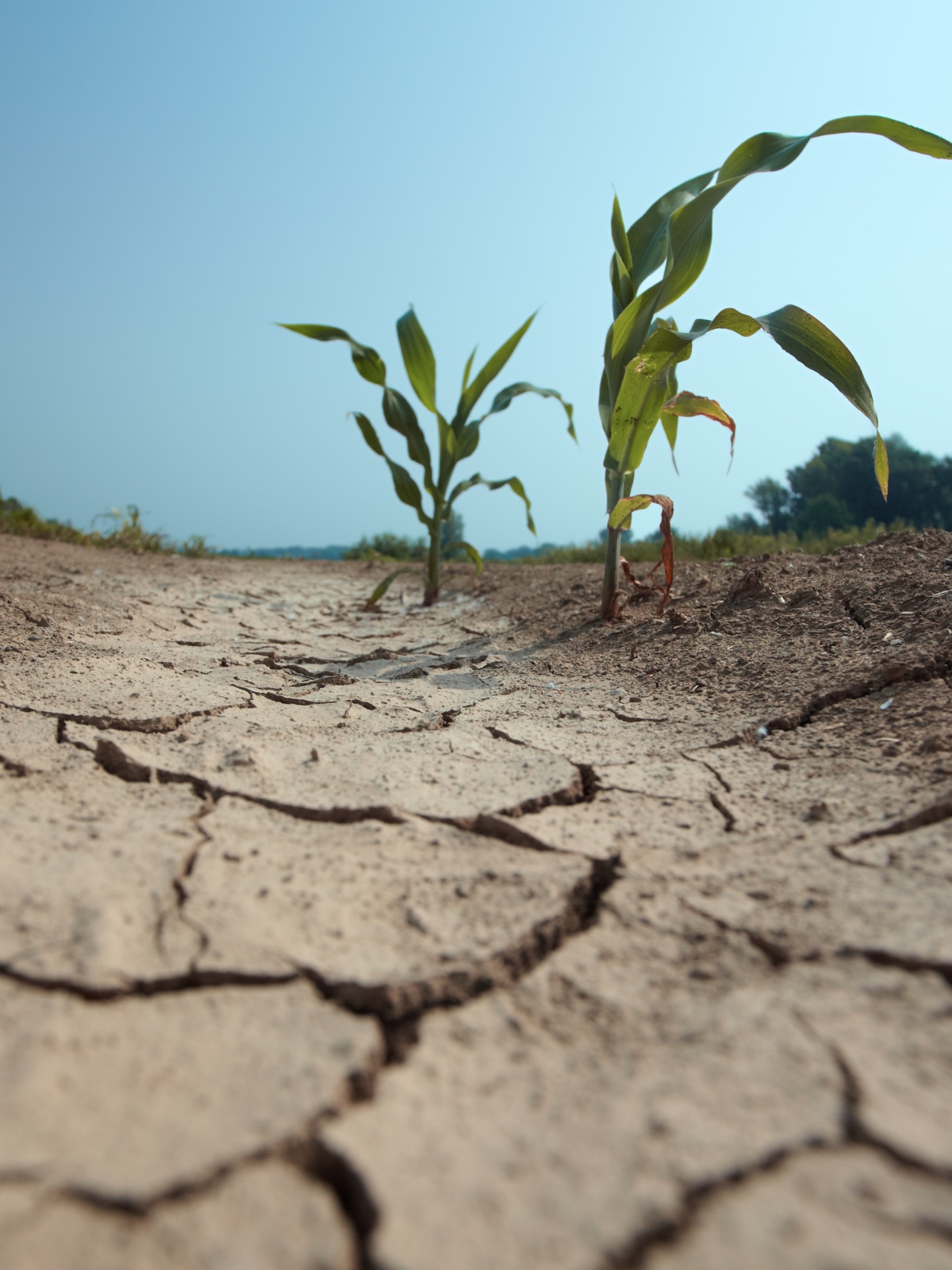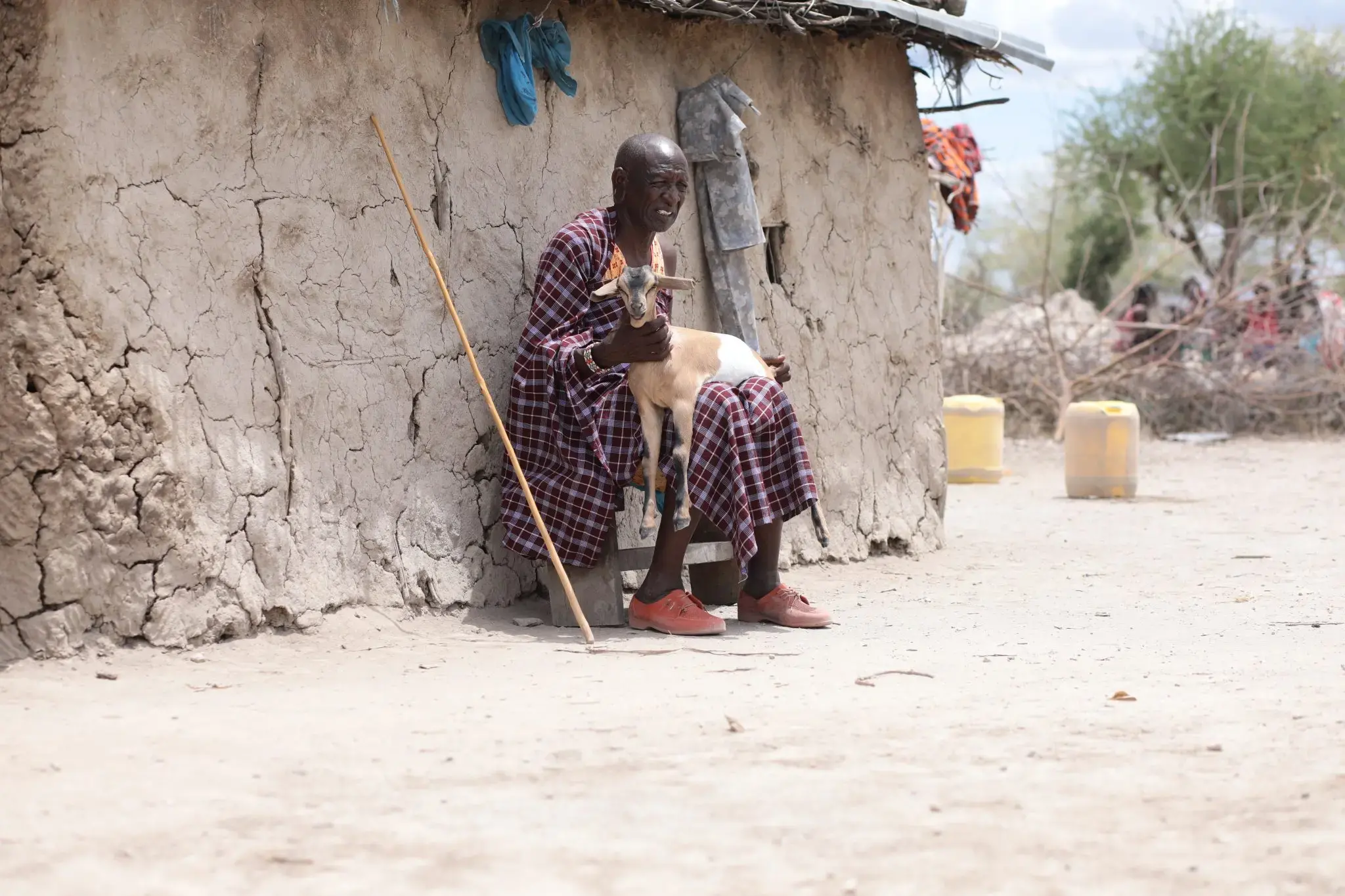
For the seventy-five years he has lived, Joseph Tolua, the village elder at Esonorua village, Kajiado County, has known livestock keeping as the only source of sustenance.
In his community, both skill and stock are passed from one generation to another, and after all these years, Joseph believes he has learnt everything there is to know about livestock keeping. Reasonably so, because from over 500 herd of cattle a decade ago, he has none today.
“My deepest fear right now is that we may starve to death,” he says, holding back his tears. “Without livestock, I have no way to earn a living.”
As he walked about an empty shed, which just five years ago held over one hundred cattle, Joseph narrated how children in the village, including his own, were steadily dropping out of school and families falling deeper into poverty and depression. Like Esonorua, many parts of Kenya have been severely affected by subsequent prolonged droughts, occurring thrice in the past decade. When we visited his home, the area was entering a fifth year without rain.

As a nonprofit journalism organization, we depend on your support to fund journalism covering underreported issues around the world. Donate any amount today to become a Pulitzer Center Champion and receive exclusive benefits!
The IGAD Climate Prediction and Application Centre – ICPAC has carried out drought surveillance over the years and reports that trends are changing; rapidly, extremely. According to Viola Otieno, who leads Drought Monitoring and Early Warning Systems (for drought) in the region, the latest bout of drought is unprecedented.
“You can see that it is a multi-year drought with five failed consecutive rainfall seasons, and that had not been witnessed before,” she says.
According to a review of data on drought in the horn of Africa region by ICPAC, the period between 2010 and 2020 witnessed a new trend in droughts.
“We’re seeing more intense and protracted drought,” says Otieno.
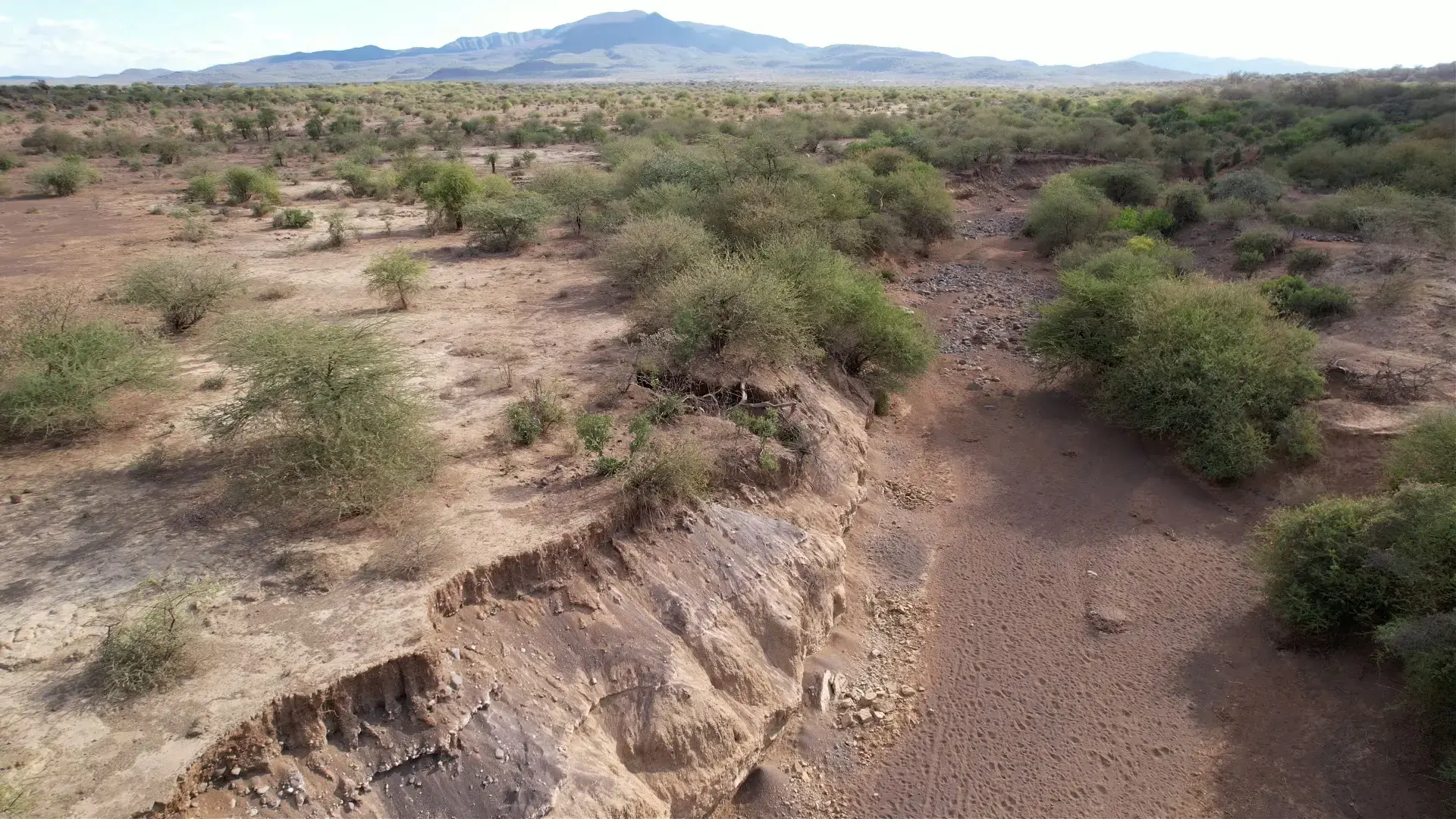
The droughts have been ripping apart the playbook of different communities, especially pastoralists like Tolua, sinking them into abject poverty.
“All these years, we have relied on each other,” Tolua says, adding that “after each season of drought, whoever is lucky to remain with livestock gives some to the others left with nothing, and we rise again, gradually.”
But this time it’s different for them as almost every household is seeking help. Their rudimental form of insurance—relying on who is left standing after every drought cycle—has broken down too.
“If you walked this entire location, you would not find anyone with more than 10 goats, it’s much worse for cattle,” he narrates.
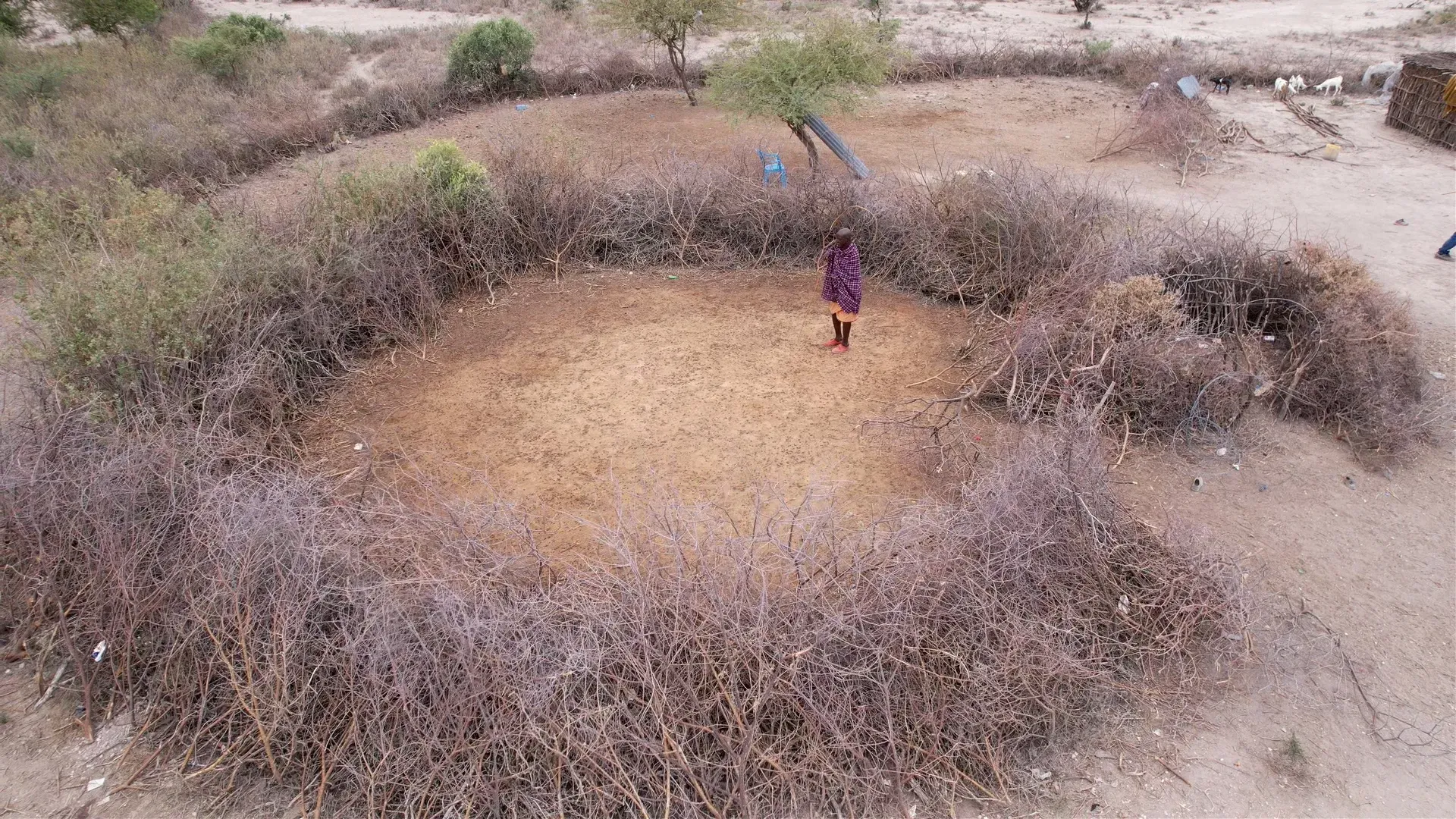
According to Otieno, it boils down to the frequency and compounding of disasters. For example, in places where drought occurred just once in a decade, allowing communities time to recover, now droughts are more frequent and compounded by other disasters like floods.
“We had the 2016-2017 drought, and then before five years you already have 2020 happening, and because it was prolonged, there is not enough time for people to recover, and that means vulnerability increasing, resilience going down,” she explains.
The increasing frequency of droughts is also causing an expansion of Kenya’s drylands, tearing down the pastoralists practise of migrating to new grazing fields when droughts come.
This age-old practice is becoming impossible as the places they have ordinarily moved to in periods of drought are progressively drying up, yielding little or no pasture at all.
The main factor behind the desperate journeys of these pastoralists is that of unsustainable land use, putting many of Kenya’s ecosystems, including primary forests, under unprecedented stress.
According to Simon Onywere, a professor of Environmental Planning and Management at Kenyatta University, the country is staring at the onset of desertification as a result of human activities.
“Look at Mount Kenya,” said Prof. Onywere, zooming on satellite images of the Mount Kenya forest complex on Google Earth. “This entire place is supposed to be a tropical rainforest, but what is left are isolated pockets of trees and very short shrubs,” he explained as he showed different sides of the complex.
Professor Onywere proceeds to show the level of destruction in three other tropical forests namely; Aberdares, Mau forest complex and Cherangany forest. He compares satellite images taken over several years, noting that the forests were mainly decimated from the centre out, leaving an impression of thriving ecosystems from the outside yet space borne photography showed massive destruction.
“No wonder we don’t have enough water in the rivers, because it is in these ecosystems that many rivers have their source,” he said, adding that increased temperatures and episodes of drought will worsen across the country as a result.
As Prof. Onywere skims through numerous satellite images of the Mount Kenya complex, he takes interest in the northern side, around Timau, where he says what used to be a catchment area for many rivers is today under acres of wheat, stretching across the landscape.
“Farming is taking place right at the moorland in the upper part of the mountain, and similarly on the Meru side,” he says.
So much of the Mount Kenya forest cover has been lost that the professor believes its tree volume would not be sufficient for carbon trading if the country tried.
In the Aberdares, a forest reserve stretching over 1000 square kilometres and one of the country’s major water catchment areas, the situation is not any different. While the high moorland is well protected and appears relatively safe, the lower slopes have been severely damaged in recent years. Forest destruction and degradation is driven mainly by intensive, small-scale agriculture encroachment.
“You can see for yourself that the survival chances of this forest is minimal, from what is happening around,” Prof. Onywere observes.
While a forest boundary line was drawn in the Abedare, heavy settlement and farming activity can be seen way beyond the line. What remains, is grassland and disintegrated patches of forest, threatened by further encroachment.
“These are fragmented forests, so even if it was a good forest, there is no communication for habitat,” he adds.
But, of all the country’s major water towers, Mau complex – East Africa’s largest montane forest – is the worst deforested. Driving towards what is today the reserved forest, it is easy to tell how far the forest boundary has been pushed over the years. Large tracts of what used to be forest land are now agricultural farms, with plantations only interjected by homesteads.
But there is even more destruction inside the remaining forest. We took drone footage which shows that farming and human settlement have persisted, all across the complex. Satellite footage that professor Onywere showed in the maps are consistent with what we found on the ground.
“In the Mau complex, what we have currently is a patch here and another patch there, and you can tell these patches are highly invaded from inside,” Prof. Onywere explains.
To prevent further decline of forest cover in the Mau, a cutline was established in 2008 at the recommendation of a task force that was set up to look into ways of saving the forest. But the cutline, a 24-Kilometre buffer zone between the forest and human settlement, was already occupied by many at the time of establishment and has thus been a subject of eviction battles to date.
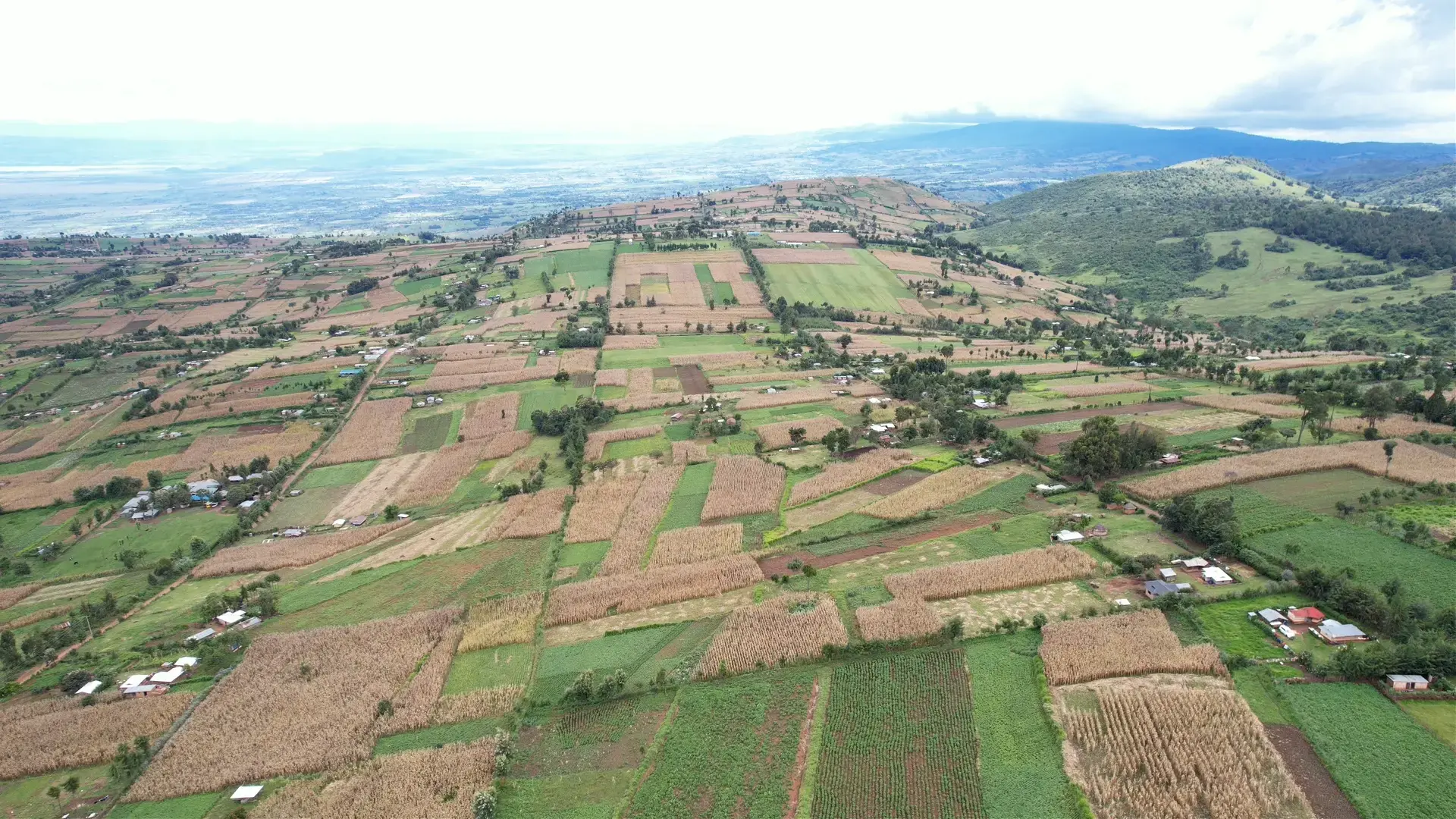
“This is the cutline,” Prof. Onywere points out on a map, “without trees and with more people moving in as evident; what chances of survival does the forest stand?”
Between 1980 and 2000, Kenya lost nearly half (300,000 ha) of its forest cover to intensive logging, charcoal production and large-scale bush clearance for tea plantations. This is according to the African Development Bank (AfDB). And Mau forest epitomised this destruction, losing a quarter of its canopy during that period. Deforestation persisted in the subsequent years with approximately 2, 850 square kilometres of tree cover lost between 2000 and 2020, according to the UN Food and Agriculture Organization. The data suggests that 80 percent of this loss happened in primary humid forests, like the Mau, Mount Kenya, Aberdare and others.
There is evidence that increased deforestation and the degradation of different ecosystems in the country is not only a major driver of extreme weather conditions but also causing poverty and livelihood loss for different communities.
Dr. Magero, a senior analyst on global poverty and inequality trends at Development Initiatives, has been tracking data on forest loss and household income trends in the country. According to him, some of the counties with the highest rates of deforestation are also witnessing significant reduction in household income, pointing to a link between the two factors.
“There are six counties that contribute more than half of the total forest cover loss, and these are Narok, Kilifi, Kwale, Baringo, Bomet, and Nandi,” he says, adding that these counties have also experienced significant increases in poverty rates.
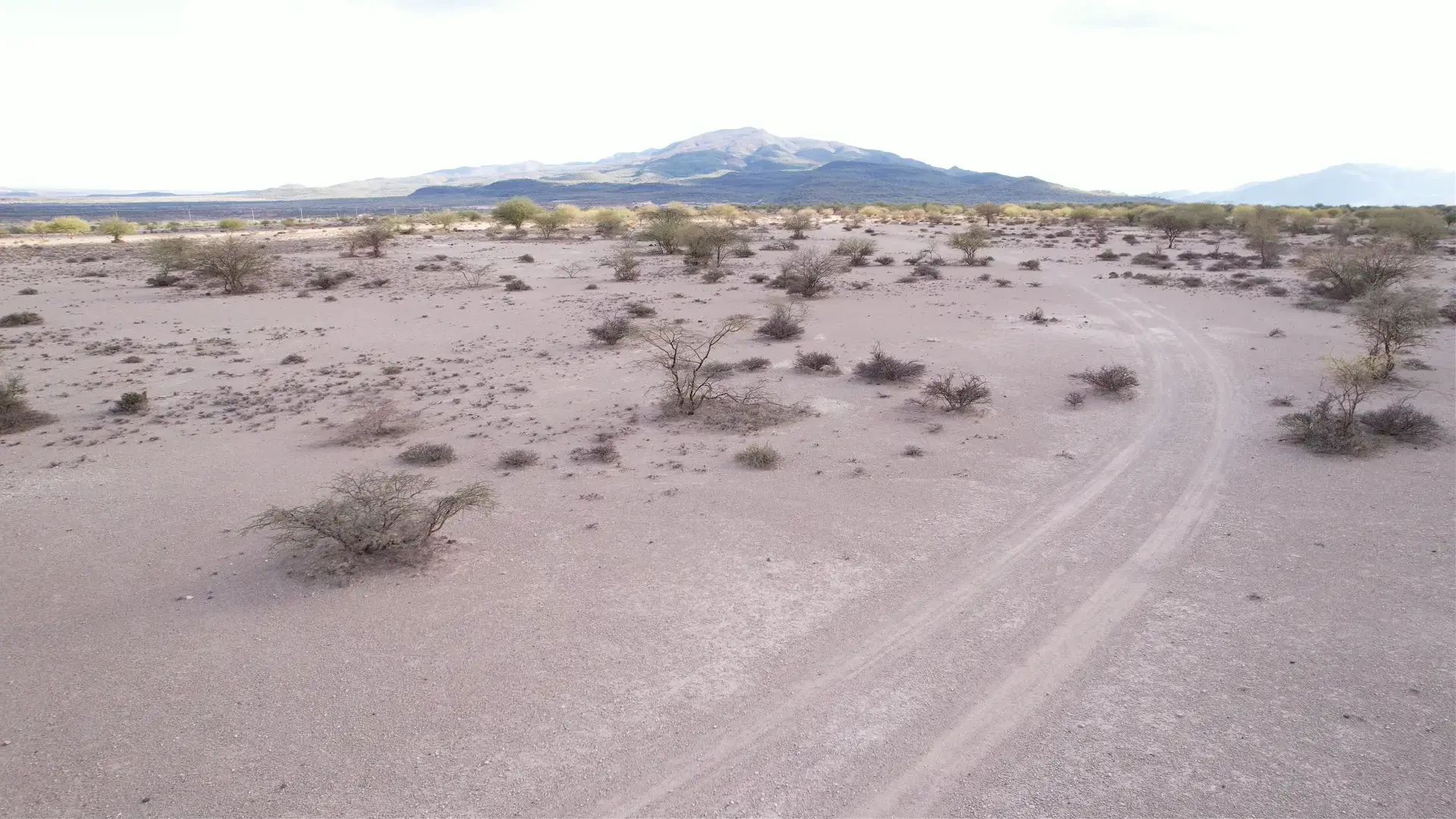
Even more disturbing, according to Dr. Magero, is the current rate of forest cover loss. “Kenya loses about 54 square kilometres of forest cover annually, multiply that over the next two or three decades and you have a disaster,” he says. But contrary to what many believe, it is not just the diminishing primary forests that is a problem, Prof. Onywere, arguing for better land use management in Kenya, says that degradation in any part of the country compounds the problem.
“Deforestation affects the areas with forests, but we also need to think of forests in terms of the natural vegetative sponge for storage of moisture, and at that level, even grasslands become forests,” Onywere says.
He explained that Kenya’s is a typical case of steady desertification occasioned by a lack of land use structures. In addition to degraded forest ecosystems, he demonstrated how destruction of dryland ecosystems was contributing further to drier conditions.
While recent trends indicate that most drylands receive good amounts of rainfall just about once or twice in three to five years, most communities in those areas till their land all through in the hope of rain, what that does according to Prof. Onywere is, letting out all the moisture from the soil.
And in the case of pastoral communities, such ecosystems are depressed by overstocking and subsequent overgrazing, which leaves the land bare and the vegetation unable to regenerate even when it rains.
“And therefore, we are creating a desert; it’s very easy to create a desert, all you need to do is to clear the vegetation on the surface, and don’t allow water to infiltrate into the ground,” he explained.
In spite of the degradation already witnessed, Professor Onywere thinks there is still an opportunity to reverse trends and better protect critical ecosystems, and it has to start from better land use management and a sensitization of the public on household contribution to the current situation.
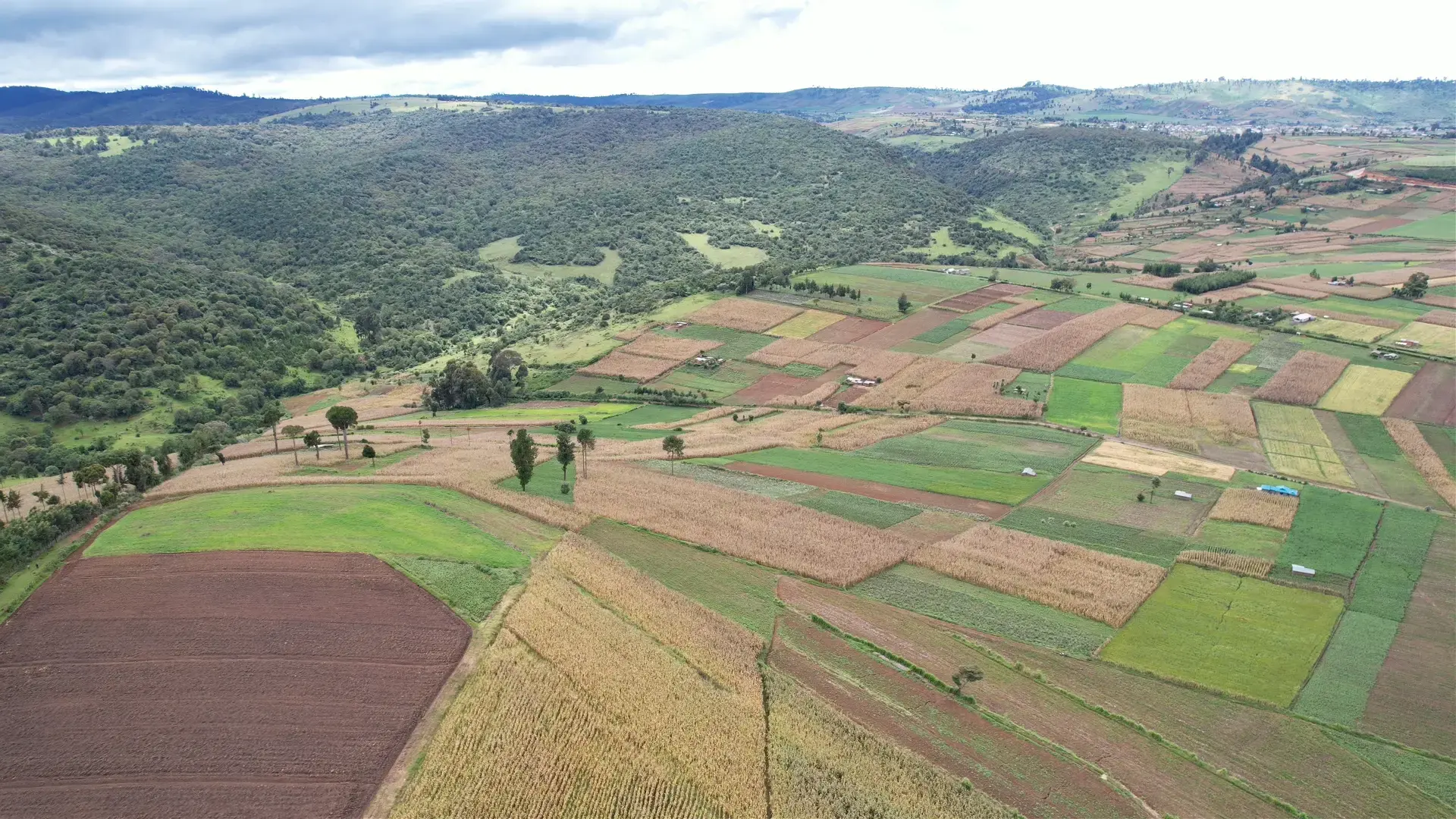
“The government allocates land and allows people to settle there, but they don’t define the usage,” he says, adding that Kenya’s interest as a nation should be to ensure that every piece of land, including people’s homes, has some form of vegetation cover.
“The design of nature, is that when it rains, water infiltrates the soil to be stored for the future,”
While many parts of the country may still be experiencing the rains, the fact that the raging waters cannot wash away the scars of drought for people like Tolua points to the realities of ecosystems depressed beyond their natural regenerative capacities, and the country must now urgently address the problem of unsustainable land use.





